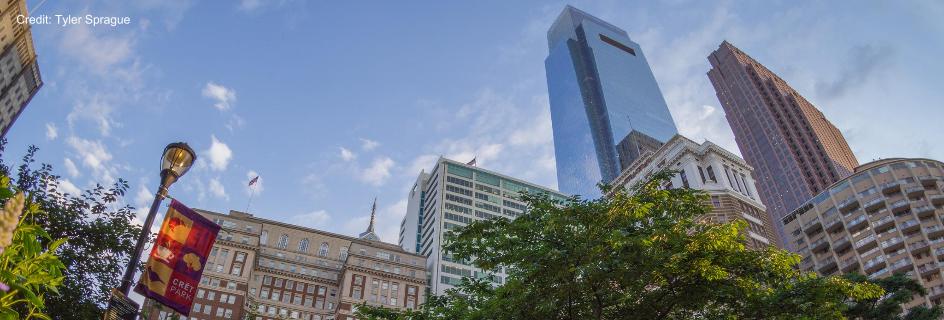- About GPA
- Global Events
- GLOBAL NEWS FROM PHL
- Global Directory
- World Heritage City
- Sustainable Development Goals (SDGs)
- Global Philadelphia Role on Sustainable Development Goals
- Completed Sustainable Development Goals
- SDG#1: No Poverty
- SDG #2: Zero Hunger
- SDG#3: Good Health & Well-Being
- SDG#4: Quality Education
- SDG#5: Gender Equality
- SDG#6: Clean Water & Sanitation
- SDG#7: Affordable and Clean Energy
- SDG #8: Decent Work and Economic Growth
- SDG #9: Industry, Innovation, and Infrastructure
- SDG#10: Reduced Inequalities
- SDG#11: Sustainable Cities and Communities
- SDG#16: Peace, Justice and Strong Institutions
- SDG#17: Partnerships for the Goals
- Press
Home ›
Wagner Institute Explores Philadelphia 1865: A City On The Edge
Posted on June 11, 2015
Related
Organization
Event
Hannah Abrams, for GPA -- The Wagner Free Institute of Science was first opened 150 years ago to provide the Philadelphia community with free public educational courses. William Wagner, a merchant, philanthropist and scientist who established the Institute, put together an impressive collection of specimens and scientific items to educate the public and create an enlightening environment. Today, the Wagner Institute is still committed to providing educational lectures, courses, exhibits and historical artifacts.
On May 20, the Wagner Institute brought in Bruce Laverty, a curator of architecture at the Athenaeum of Philadelphia, to discuss Philadelphia in 1865 and beyond. Laverty painted a vivid picture of post-Civil War Philadelphia, during the inaugural year of the aforementioned building. He labeled these periods as ones that saw “a city on the edge of grief,” “a city on the edge of growth,” and “a city on the edge of genius.”
Laverty’s reference to a “city on the edge of grief” signified the many events that took place in 1865, around the time when the Wagner Institute was first opened. These included the assassination of President Lincoln, the surrendering of General Lee to Grant and the racial segregation that was taking place at the time. As Laverty said, “It was a turbulent time.”
Although the end of the Civil War brought happiness and excitement to Philadelphia, it was followed by grief and sorrow over the assassination of Lincoln. Furthermore, race proved to be an issue in the City of Brotherly Love. Segregation continued, with African-Americans being unable to use street cars and other methods of transportation within the city.
“A city on the edge of growth” refers to the architectural advances and milestones that the city underwent during the mid to late 19th century. John McArthur Jr. was a very talented architect who was hired in the 1800s to redesign much of the city, including the building of the Wagner Institute and City Hall. By the end of the 19th century, Philadelphia had doubled in size and the city’s expansion signaled a new age of successes.
Finally, “a city on the edge of genius” referenced the creation of a vast number of Philadelphia’s educational institutions, such as the Franklin Institute, Girard College, the Free Library, Temple University and the Drexel Institute of Science and Technology. Many local scholars and scientists came together to create a new, modern kind of city.
Overall, Laverty’s lecture was both interesting and informative.
Image courtesy of Temple.edu.







